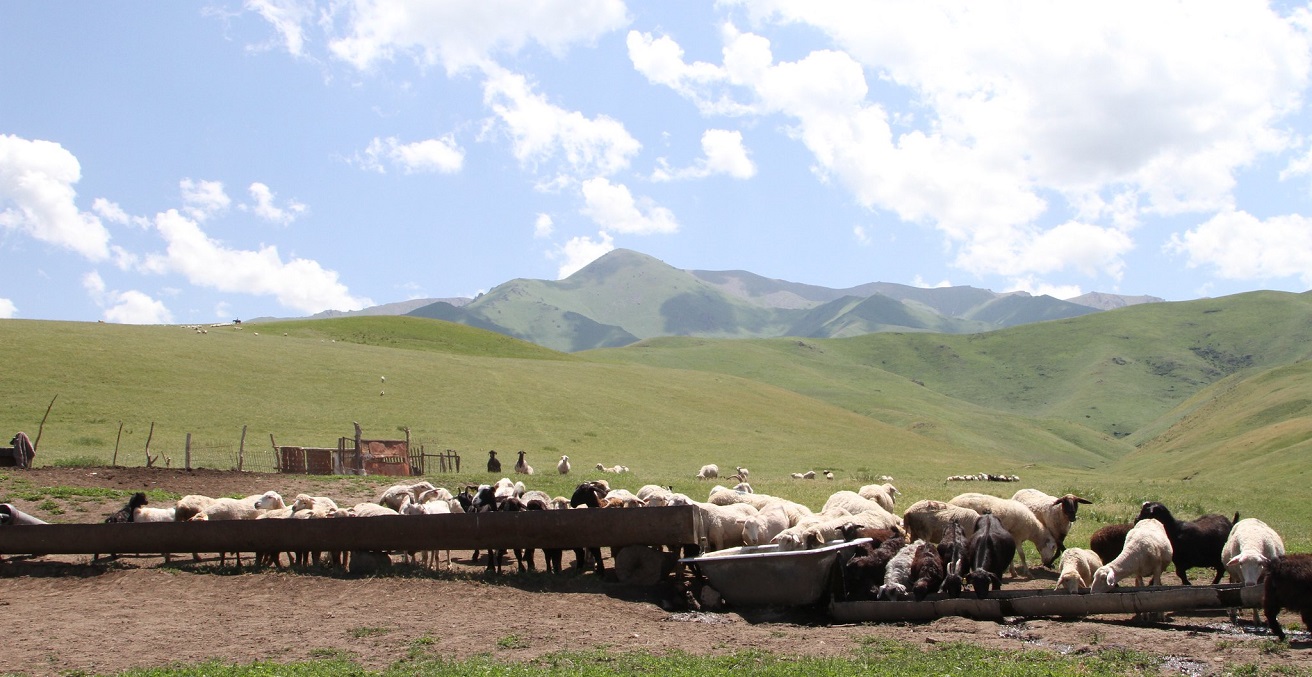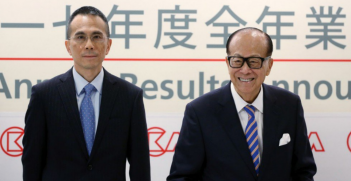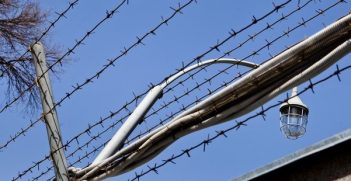Copper, Cattle, and Cooperation: Australia-Kazakhstan Relations 30 Years On

From Rio Tinto’s copper project to an Australian cattle farm on the steppes, Australia has forged important links with Kazakhstan over the past three decades. There’s no better time to reflect on strengthening these ties than during Nauryz.
One of the most important holidays of the Kazakh calendar, Nauryz is the traditional New Year celebrated across the Turkic and Persianate worlds. It is a time of hope, renewal, and reconnecting with family and neighbours. Perhaps, too, this New Year will bring new connections between Australia and Kazakhstan, two countries which share a great deal in common.
2021 marks the Republic of Kazakhstan’s 30th anniversary. Australia was one of the first countries to recognise Kazakhstan when it announced its independence in 1991. The two nations established diplomatic relations in June 1992. Those early years saw numerous high-level visits take place, including the then-Kazakh President Nursultan Nazarbayev’s visit to Australia in 1996. Today Australia has an honorary consul in Almaty, while Kazakhstan has expanded its representation in Australia to include honorary consuls in Perth and Melbourne and a consul general in Sydney.
Kazakhstan’s Honorary Consul in Perth, Jason Stirbinskis, says Australians “are often surprised to learn that Kazakhstan is almost exactly the same size as the state of Western Australia.” The countries also share a number of similarities in their political and economic profile. For both Australia and Kazakhstan, mining, oil, and gas form some of the biggest contributions to GDP. Both countries are mineral-rich, with Kazakhstan ranking in the top ten for copper, gold, silver, lead, zinc, and iron ore and as the world’s largest uranium and chromium producer. It also ranks 11th in oil and gas.
Not surprisingly then, the mining sector has offered one of the most significant links between Australia and Kazakhstan. According to Stirbinskis, “Kazakhstan acknowledges Perth as a world leader in mining just as they would look to Edinburgh or Dallas for oil and gas.” In fact, the “Subsoil and Subsoil Use” mining tenement code which Kazakhstan adopted in 2017 leverages the Western Australian model.
A number of Australian mining companies already have a presence in Kazakhstan. Rio Tinto, for instance, is involved in a significant copper project in Karaganda. Iluka is present in mineral sands. Fortescue has recently become involved in a large-scale geological exploration across Karaganda, Almaty, Aktobe, and Kyzylorda regions. On a smaller scale, a Melbourne-registered company with a mostly China-based executive board conducts exploration of potash deposits in Western Kazakhstan under the framework of China’s Belt and Road Initiative.
The export of mining services has also proven to be a highlight of bilateral cooperation and could hold even more promise for the future of Australian-Kazakh collaboration than mining itself. Micromine, a Perth-based mining software company, is one example, having operated in Kazakhstan for many years. Meanwhile, Austrade and Austmine (an Australian mining equipment, technology, and services association) have organised missions to Kazakhstan to develop connections between Australian mining product suppliers and services and the local mining industry.
Yet Australia has much more to offer Kazakhstan than just mining and mining services. Agriculture especially presents significant opportunities. Both Australia and Kazakhstan face the challenge of a population that is mostly concentrated on its borders with a very sparsely populated centre of marginal agricultural value. Australia’s success in water management and drought resistance in crops is one area of synergy. Both countries also rank as the top beef consumers in the world, and in recent years, Australia’s main export to Kazakhstan has actually been cattle. One related success story is that of a South Australian couple who started a massive Angus cattle farm in Northern Kazakhstan, growing it into one of the world’s largest Angus herds. As beef demand rises in Central Asia, Kazakhstan offers further export potential and agricultural cooperation opportunities for Australia.
Room also exists to bolster educational and cultural ties between Australia and Kazakhstan. The Kazakh government’s Bolashak scholarship program sends around 75 Kazakh nationals to Australian universities every year. While no equivalent program exists on the Australian side as yet, Stirbinskis hopes these people-to-people ties will improve further in coming years.
There is potential for Australia to export its own higher educational models to Kazakhstan. Australian universities’ offshore education delivery in China shows that Australian teaching is in demand. That model may very well find success in Central Asia as well, just as the UK’s Webster University in Tashkent and other foreign subsidiary campuses have done.
Though still developing, links between Australia and Kazakhstan have come a long way since Kazakhstan first declared independence three decades ago. Despite the vast distance between them, Australia and Kazakhstan have a surprising number of similarities: both are large landmasses with relatively small populations and with economies focused on gas, oil, mining, and agriculture. Australia should take note that just this month Kazakh president Kassym-Jomart Tokayev and prime minister Askar Mamin announced plans to increase investment in the agricultural and hydrocarbon industries. Given the amount in common between Australia and Kazakhstan, there is much opportunity for future collaboration and knowledge transfer.
Dana Rice is a PhD student at the Australian National University, researching China-Kazakhstan relations. She is an intern for AIIA’s Silk Road Study Tour, which plans to visit Kazakhstan in 2022.
This article is published under a Creative Commons License and may be republished with attribution.





